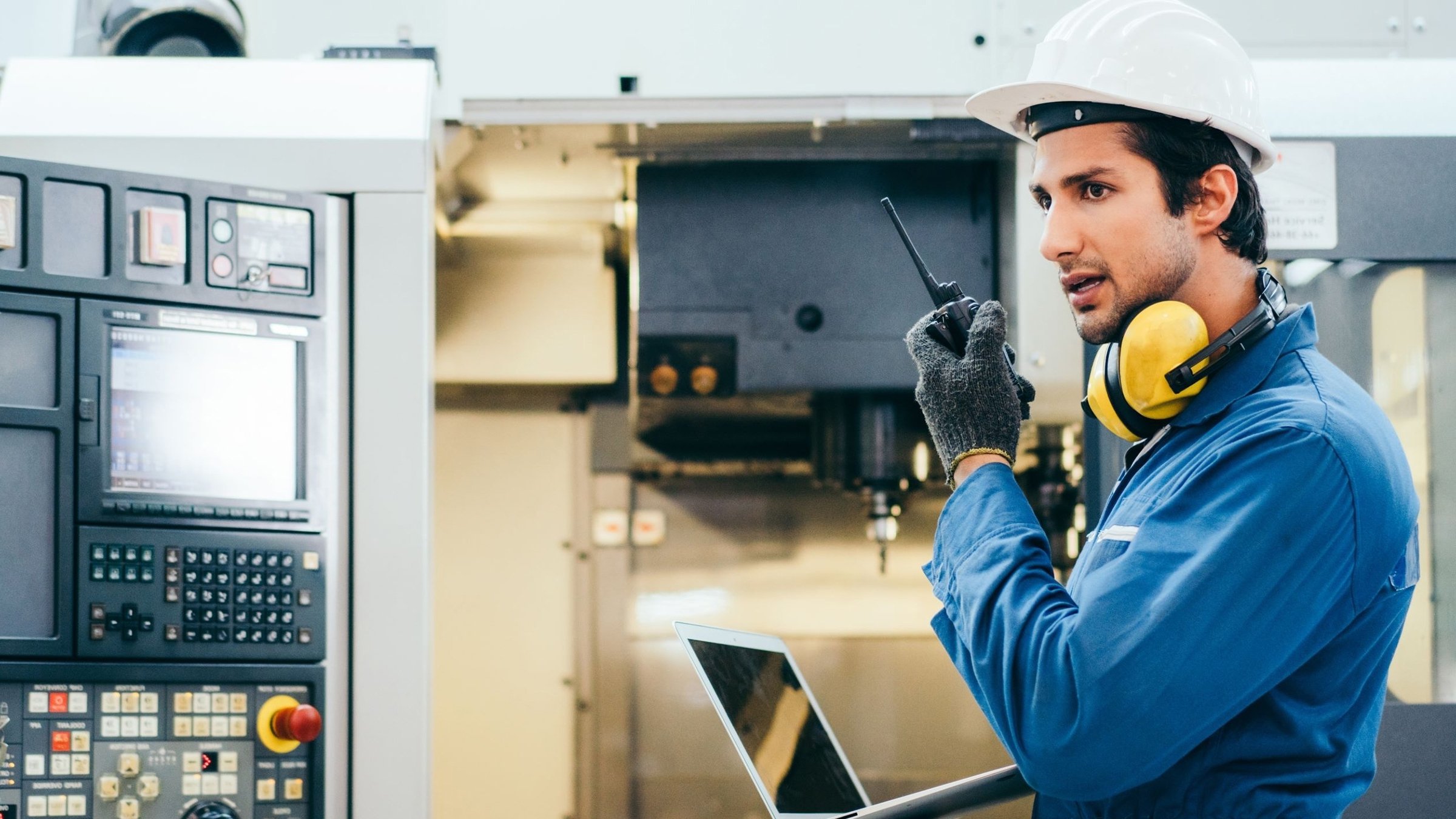Predictive maintenance (PdM) is transforming manufacturing operations and growth with technology that includes the Internet of Things (Iot), the Cloud, mobile applications, AI/ML to analyze and predict insights using data, and web applications to share entire operations data in one place. The tools and technology of Industry 4.0 have turned PdM from an abstract concept into a practical solution.
What is predictive maintenance and why does it matter to manufacturers?
PdM is maintenance that monitors the performance and condition of equipment during normal operation to reduce the likelihood of failures. It’s like preventive maintenance or work that’s done on an asset before a failure occurs not after the failure has shut it down.
The difference between preventive and predictive maintenance lies in the methods used, the amount of lead-time you have for a task, and the precision of scheduling. PdM uses condition-monitoring tools and techniques and asset information to track equipment performance and next, to anticipate failure before it happens. Ideally, PdM keeps maintenance frequency low while reducing time spent on unplanned maintenance and preventive maintenance.
An example is smart sensors. These machine sensors can detect a change in the way assets are operating, such as the vibration of a part at higher-than-normal-speeds. The sensors that connect with maintenance software like a CMMS relay this message to the software so it schedules maintenance. The software then notifies technicians of the newly scheduled task on their mobile devices.
Because predictive maintenance offers an ideal window for proactive maintenance tasks, it can help minimize the time involved in equipment maintenance, the production hours lost to maintenance, and the cost of spare parts and supplies.
The value of predictive maintenance
According to Allied Market Research, the manufacturing predictive analytics market size valued at $535 million in 2018, is projected to reach $2.5 billion by 2026. That shows the value placed on this type of maintenance that relies on technology and five critical organizational factors: people, data, processes, tools and parts, and equipment. These factors combined with technology are known as the six pillars of a strong predictive maintenance program.


